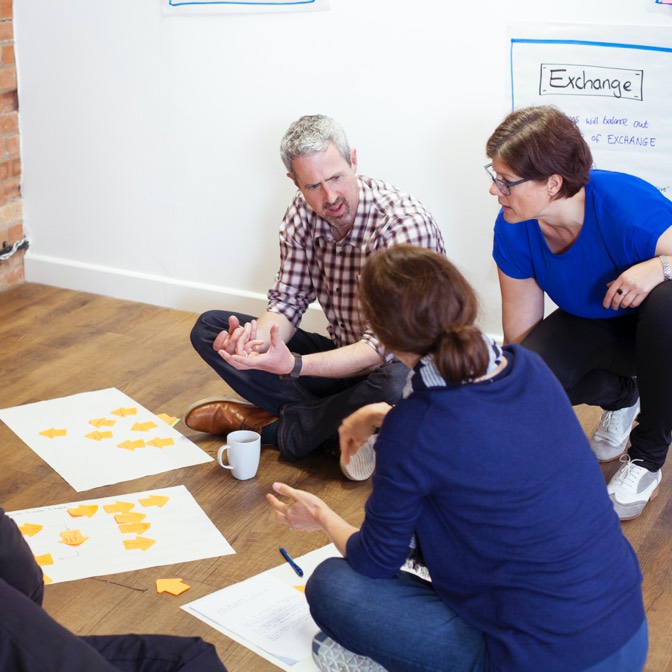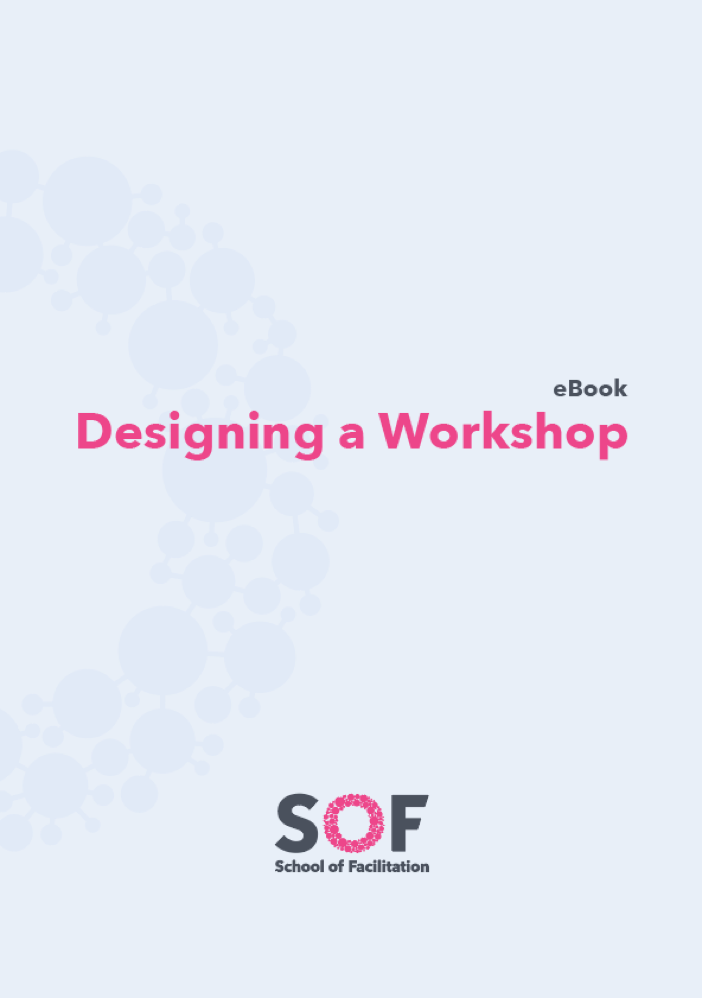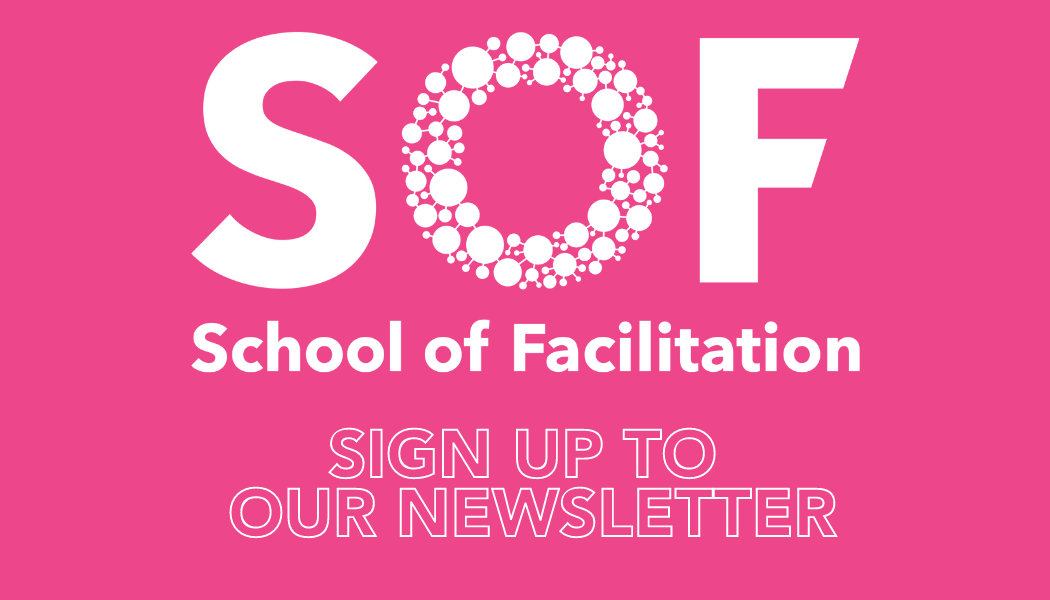Welcome to the School of Facilitation, a space for facilitators to grow in self-awareness, confidently build capacity and establish a supportive community.
As facilitators, we are only as good as our own development. You are welcome here, in a community of motivated individuals, to explore your craft and hone your skills. Through in-person events, digital summits and expert training, your facilitation journey will prosper, no matter your experience level. Find like-minded connections who share your passion, your drive to develop and your positive energy. We’re glad to have you!


Our eBook is designed to...
What can we do for you today?
Don’t let your ‘stuff’ get in the way of your mission. One to one coaching allows you to take control of your own business journey.
Design, delivery, graphics. Facilitate with confidence when you’re armed with the skills to produce exceptional experiences for your clients.
Face to face or virtual, forge connections with your SOF community in real time. Together we grow, encourage and motivate each other.
